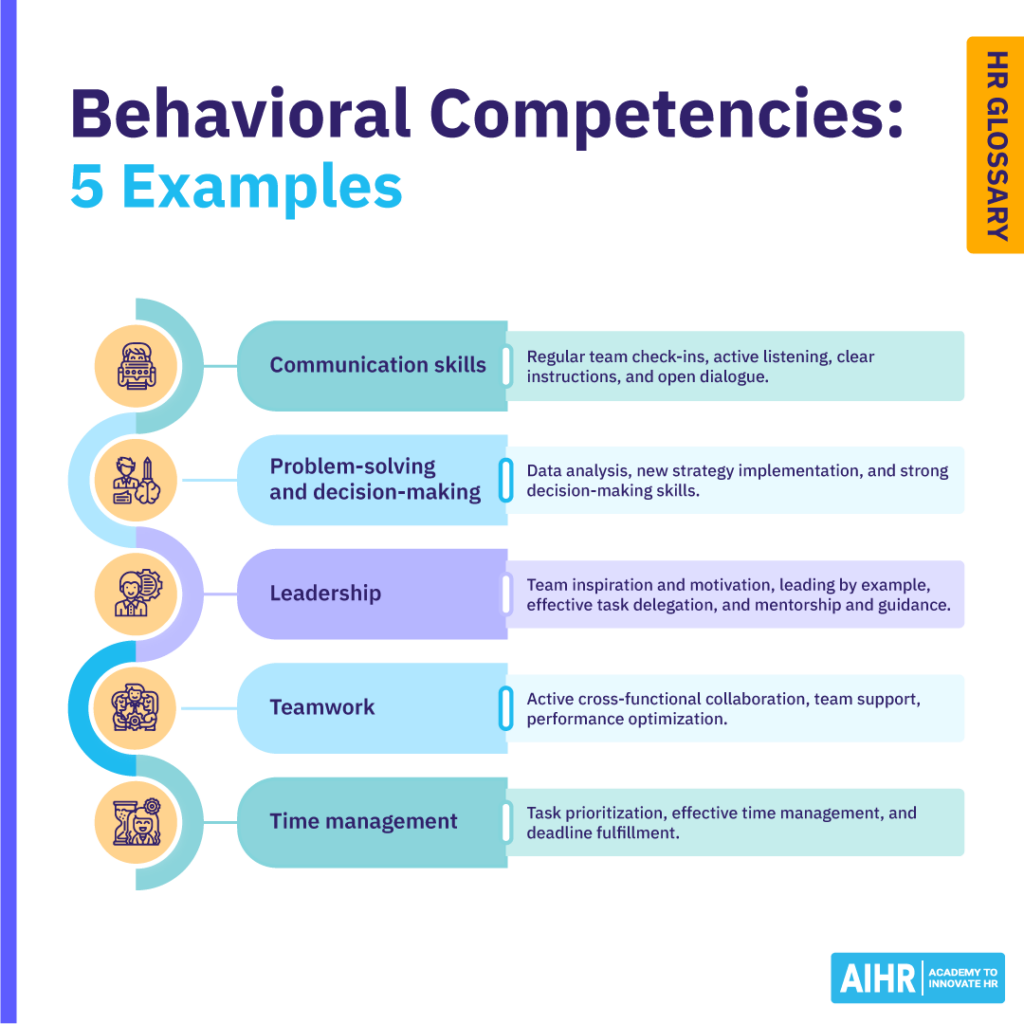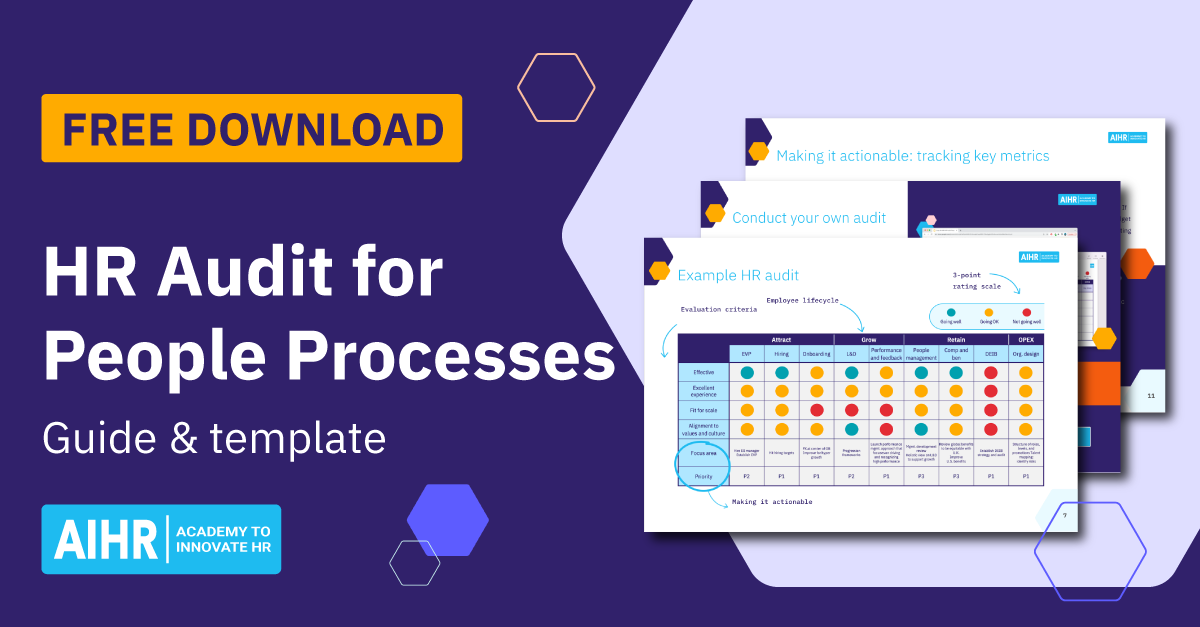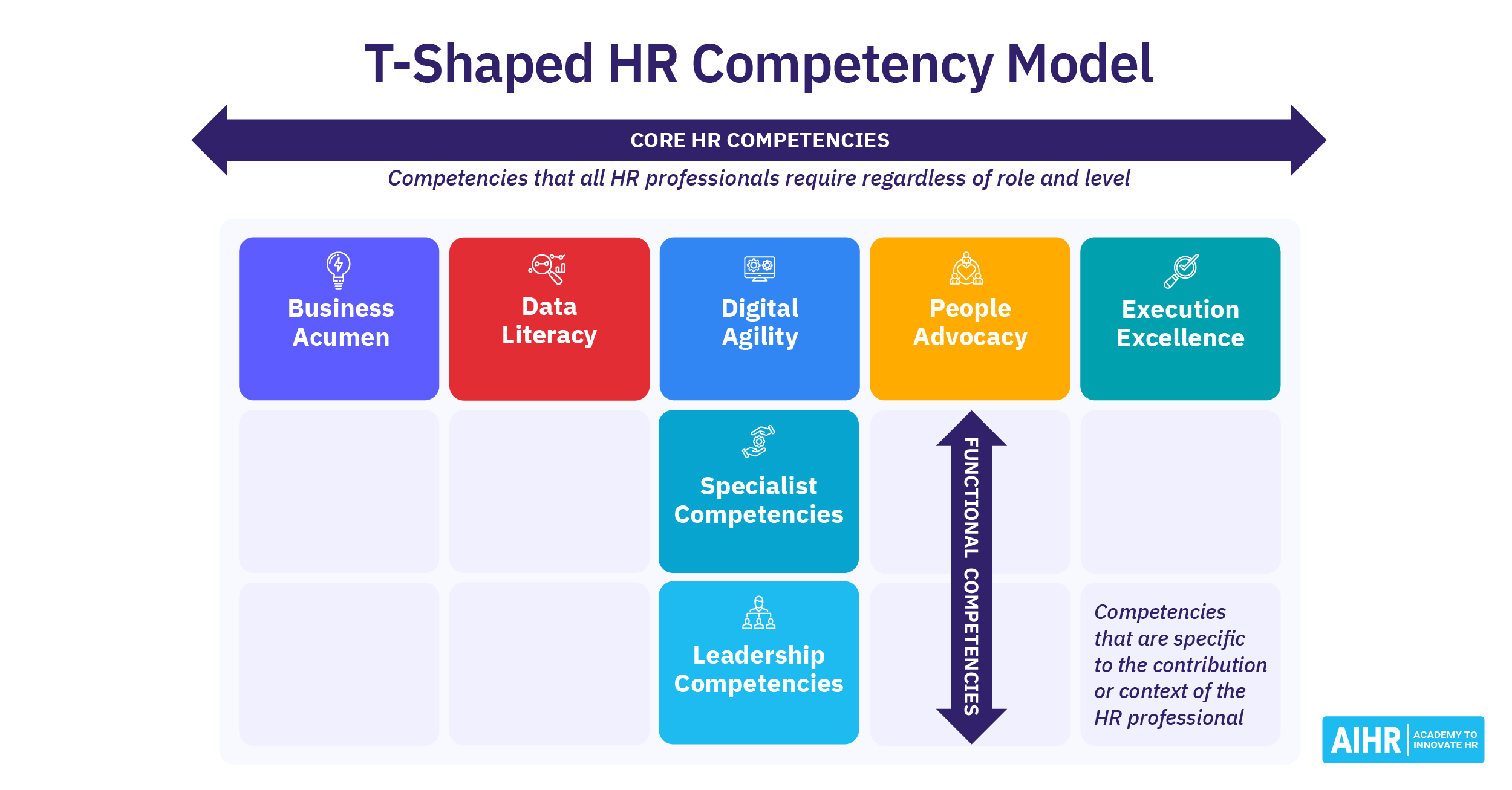Behavioral Competencies
What are behavioral competencies?
Behavioral competencies are the observable and measurable skills, behaviors, and attitudes needed to succeed in a particular position.
Unlike technical skills, which require specialized knowledge, these competencies focus more on soft skills like communication, problem-solving, teamwork, and emotional intelligence, which can be transferable across different roles and industries.
Some examples of HR behavioral competencies include the ability to build positive relationships, manage employee relations, nurture talent, and effectively resolve conflicts.
By assessing these competencies, HR professionals can choose the right candidates and develop existing employees’ behavioral skills. While some behavioral competencies are easily transferable across different roles and industries, it’s critical to understand the specific competencies needed for success in particular roles.
Behavioral competencies examples
The right mix of behavioral competencies depends on the nature of the position and type of industry. Here are some examples:
- Communication: A project leader regularly checks in with their team, ensuring everyone understands their tasks and responsibilities, actively listens, provides clear instructions, and encourages open dialogue to address concerns.
- Problem-solving and decision-making: A sales manager analyzes data to identify the root cause of a sudden drop in sales, implements a new strategy, and demonstrates strong decision-making skills to improve sales performance.
- Leadership: A manager inspires and motivates their team, leading by example, delegating tasks effectively, and providing mentorship and guidance when needed.
- Teamwork: A social media team works closely together and actively collaborates with other departments in the organization to ensure the optimal performance of social media campaigns.
- Time management: An executive assistant effectively supports a senior leadership team by juggling multiple responsibilities. The position requires prioritizing tasks, managing time effectively, and meeting deadlines.

Why are behavioral competencies important?
Behavioral competencies are essential for attracting and retaining top talent. Assessing behavioral skills during the recruitment process can ensure that new hires succeed in the role.
Also, managers can better support their team’s productivity, performance, and career advancement by understanding the specific behavioral competencies needed for each role.
By focusing on these traits alongside technical expertise, organizations can build a highly skilled workforce. Employees who feel recognized and valued for their abilities are more likely to stay engaged and committed to their work.
Types of competencies
Behavioral competencies are just one type of competency. Here is an overview of other critical competencies. Depending on the role and industry, some of these competencies will be more important than others.
- Core competencies: The fundamental skills, behaviors, and attributes essential for all employees, regardless of their individual roles. Common examples include communication, teamwork, and ethical behavior.
- Functional or technical competencies: These competencies relate to the specialized skills and industry-specific knowledge required to perform a particular job or function effectively. Examples include financial analysis for accountants, software developers’ coding skills, and project managers’ project management expertise.
- Leadership competencies: These are abilities and skills that motivate, inspire, and guide others. Core leadership competencies involve problem-solving, decision-making, critical thinking skills, and knowing how to delegate effectively.
- Interpersonal competencies: The skills needed to work well with others, build positive relationships, and collaborate with a wide range of stakeholders (colleagues, clients, and external partners). Essential interpersonal skills include empathy, active listening, conflict resolution, and emotional intelligence.
HR tip
Assessing behavioral competencies is equally important to succession planning as screening candidates and conducting performance management. Work closely with managers to identify employees with the necessary leadership behavioral skills or who have the potential to develop leadership competencies. This can help you build an internal talent pipeline for future leadership positions and increase top talent retention.
5 steps to evaluate behavioral competencies
Effectively evaluating the behavioral competencies needed for your organization involves these key steps:
1. Define behavioral competencies
Develop a competency framework that identifies and clearly defines the main behavioral competencies relevant to your organization. These might include teamwork, communication, adaptability, leadership, problem-solving, and emotional intelligence.
Break down each competency into specific, observable behaviors. For example, indicators of teamwork might include “collaborates with colleagues,” “supports team decisions,” and “sharing information openly.”
2. Use structured interviews or behavioral assessments
Use structured behavioral interviews that ask candidates or employees to provide examples of past behavior demonstrating specific competencies. The STAR (Situation, Task, Action, Result) method is commonly used for this purpose.
HR teams can also use self-assessment questionnaires to gather information about a candidate’s or an employee’s behavioral skills. Not only is this method an efficient use of resources, it allows employees to reflect on their behavioral performance and identify areas for improvement. However, you must also use other methods to avoid bias.
3. Perform job simulations
A useful way to test whether candidates possess the necessary behavioral competencies for a specific role is to assign them a task or assignment that they need to succeed in the role.
For instance, you could assign a sample sales pitch presentation for a sales manager position or a group project for a set of candidates to test collaboration, problem-solving, and communication skills.
4. Conduct 360-degree feedback
For employees, collect feedback from a number of sources, including their colleagues, manager, direct reports, and any other key stakeholders. You can tailor the 360-degree feedback to focus on behavioral competencies, asking respondents to provide specific examples about key behavioral skills.
5. Track performance
Monitor employee performance to evaluate how well they exhibit the core behavioral competencies required for their roles. Ideally, you should start this process from the onboarding stage.
Encourage managers to conduct regular check-ins, provide ongoing feedback, and assess these skills during performance reviews. This helps in designing professional development plans to address areas for improvement.
FAQ
Behavioral competencies are the observable and measurable skills, behaviors, and attitudes needed to succeed in a particular position. Unlike technical skills, behavioral competencies revolve around soft skills like communication, problem-solving, teamwork, and emotional intelligence.
There are various ways to assess these competencies, including:
• Structured interviews to assess a candidate’s or an employee’s past behavior that demonstrates specific behavioral competencies
• Job simulations, where candidates perform a certain task or assignment to test if they possess the necessary behavioral skills for the role
• 360-degree feedback, offering input from managers, peers, clients, and even external stakeholders to provide a well-rounded perspective on an employee’s capabilities.









